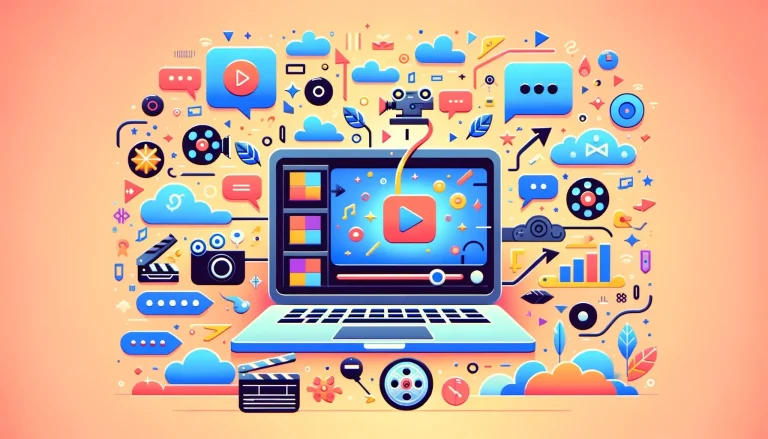Innovative Experiment Unveils AI Learning Capabilities
Researchers at New York University embarked on an unprecedented study, leveraging the perspective of a toddler to enhance artificial intelligence’s understanding of language. By employing 61 hours of footage captured from a head-mounted camera worn by a baby, the team trained an AI to associate words with their corresponding objects. This approach diverges from traditional methods that depend on vast datasets, focusing instead on the rich, albeit limited, experiences of an individual child.
Understanding Through a Child’s Gaze
The experiment utilised unique data—video recordings from a toddler named Sam, capturing his daily interactions and the objects that caught his attention. This “blip” of a child’s experience provided invaluable insights, allowing the AI to perform genuine word-object matching. Sam’s world, filled with toys, family, and everyday objects, became the foundation for teaching AI fundamental language acquisition skills.
The Significance of Small Data Sets
This groundbreaking research, detailed in the journal Science, challenges the notion that extensive data is necessary for learning. The AI’s ability to learn from a relatively minuscule dataset not only sheds light on the efficiency of human learning mechanisms but also suggests new pathways for AI development. By mimicking the way children like Sam learn to connect words with meanings, scientists aim to create AI that can learn and think more like humans.
Future Directions: Bridging Human and AI Learning
The success of this study paves the way for further research into how AI can replicate early language learning in children. The team, inspired by their findings, plans to explore additional elements such as attention and object permanence, to develop AI models that more closely resemble human cognitive processes. This endeavour not only enhances our understanding of human development but also marks a step toward AI systems capable of genuine understanding and interaction with the world.





